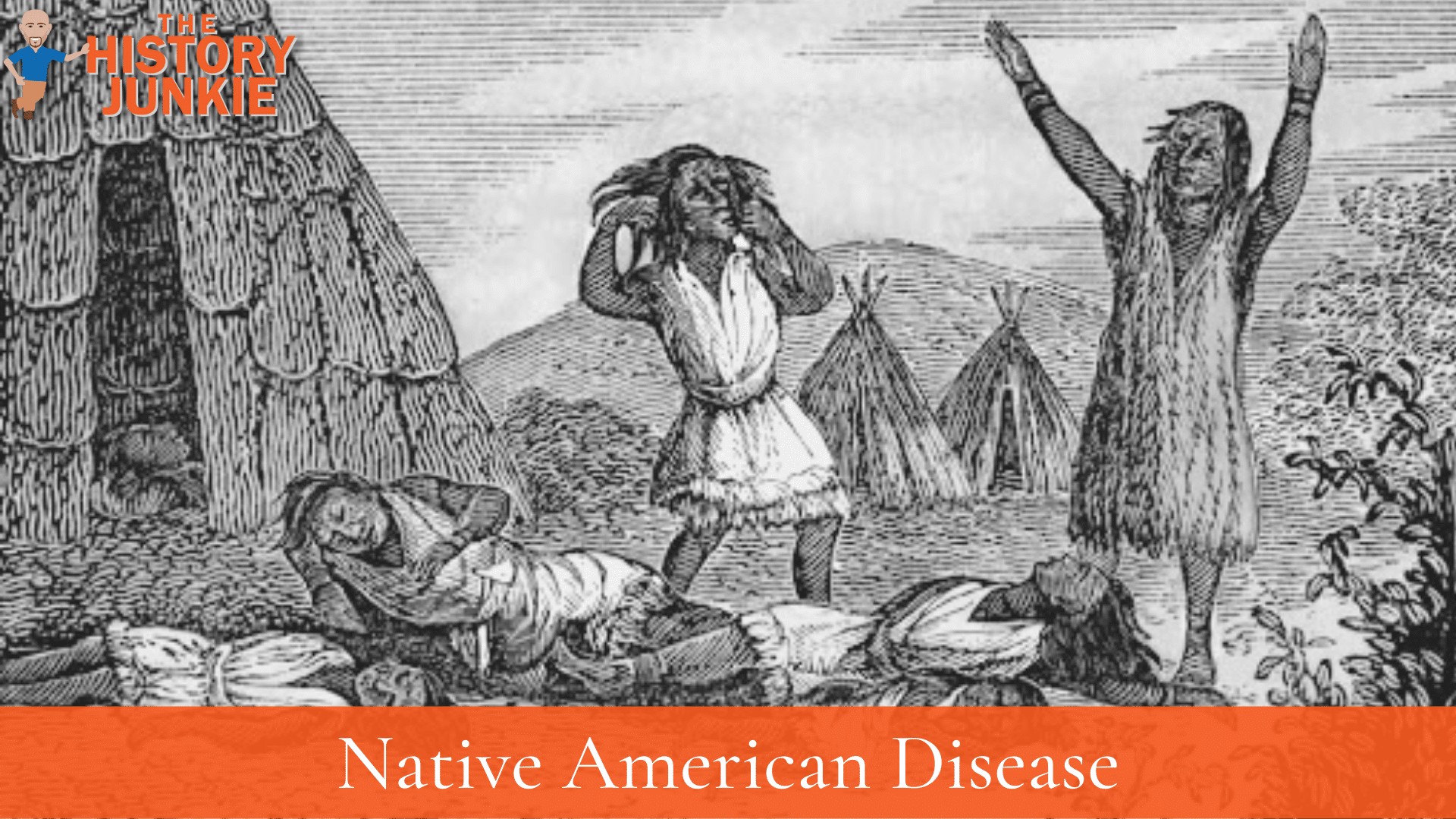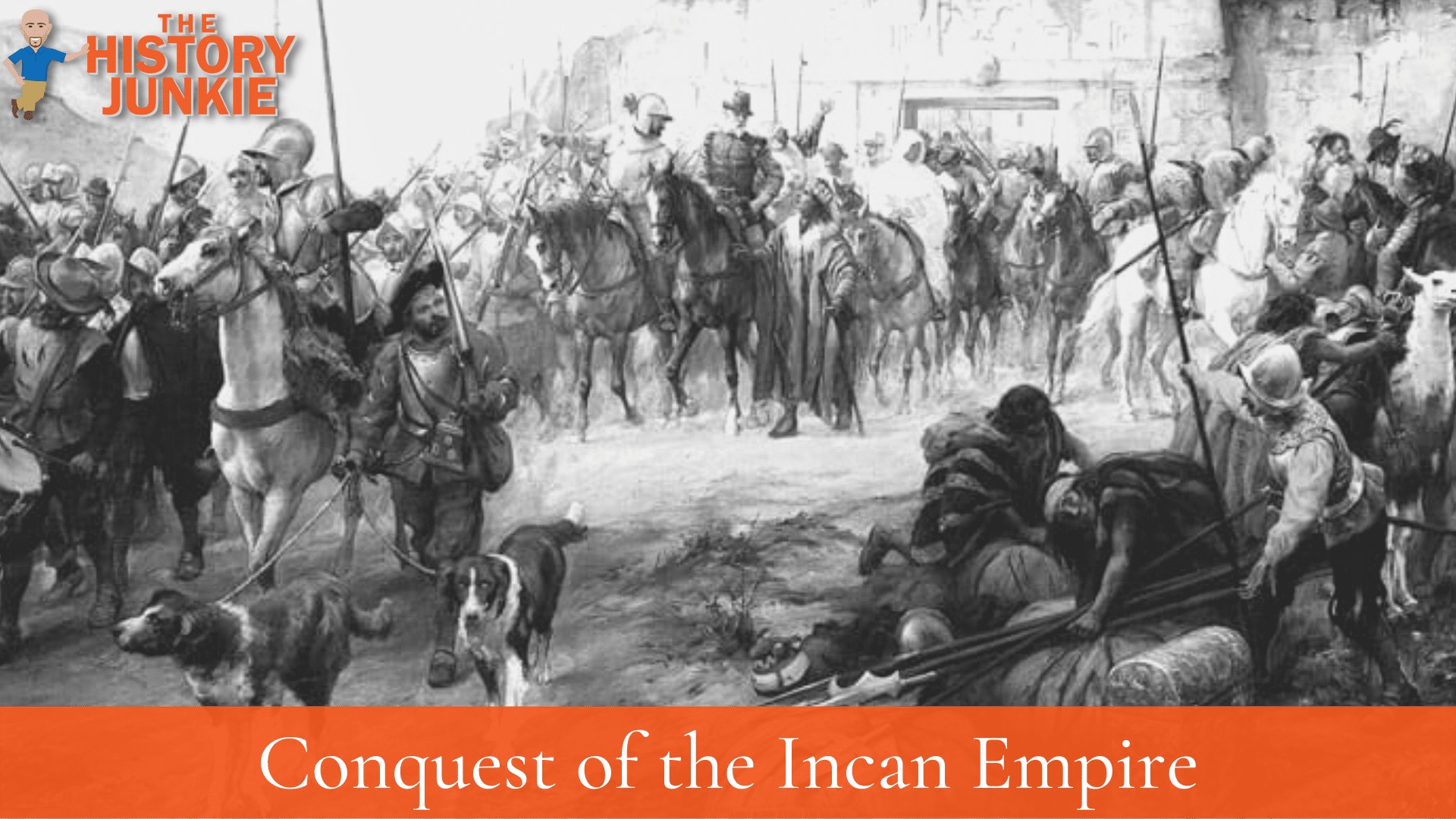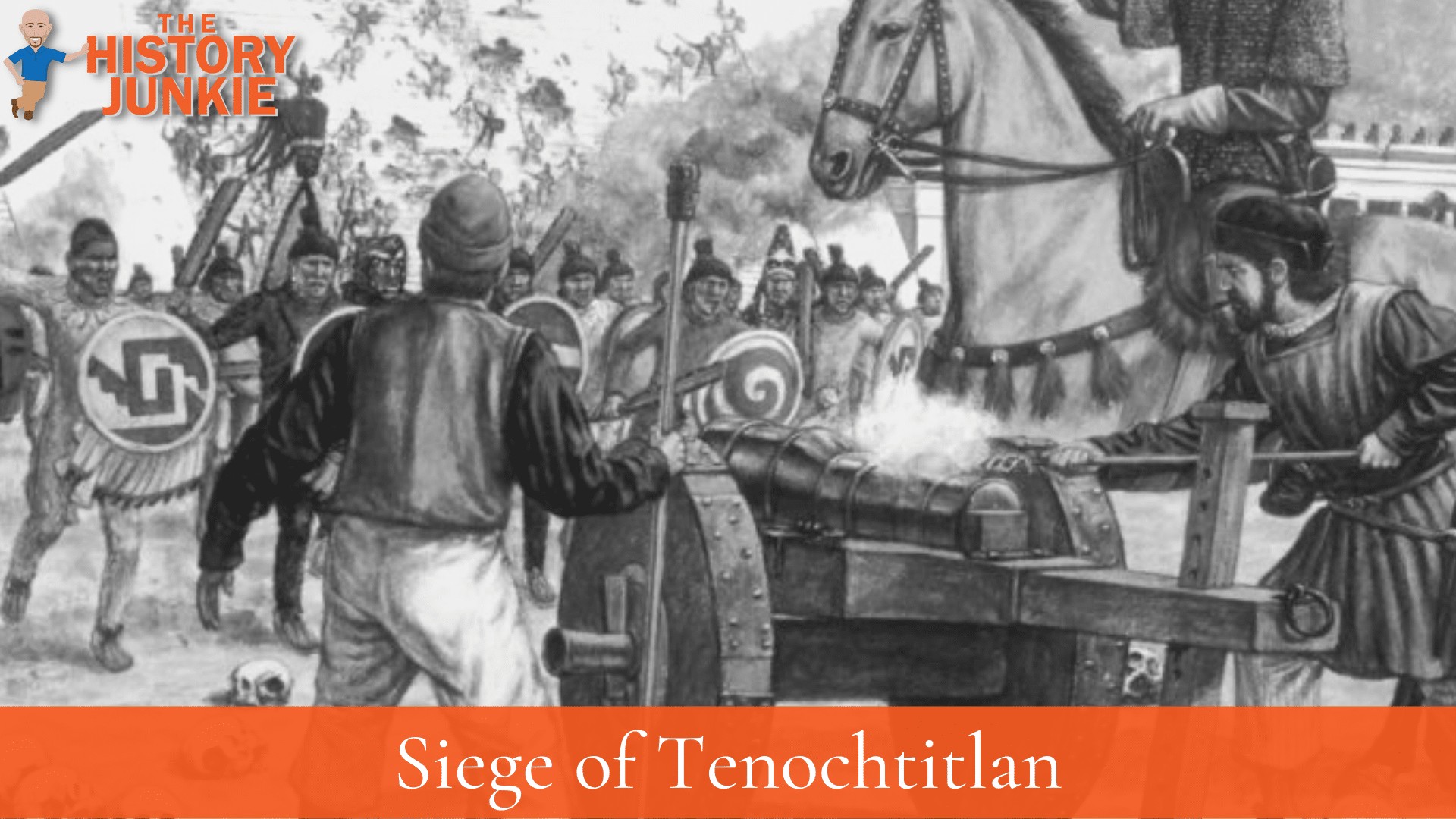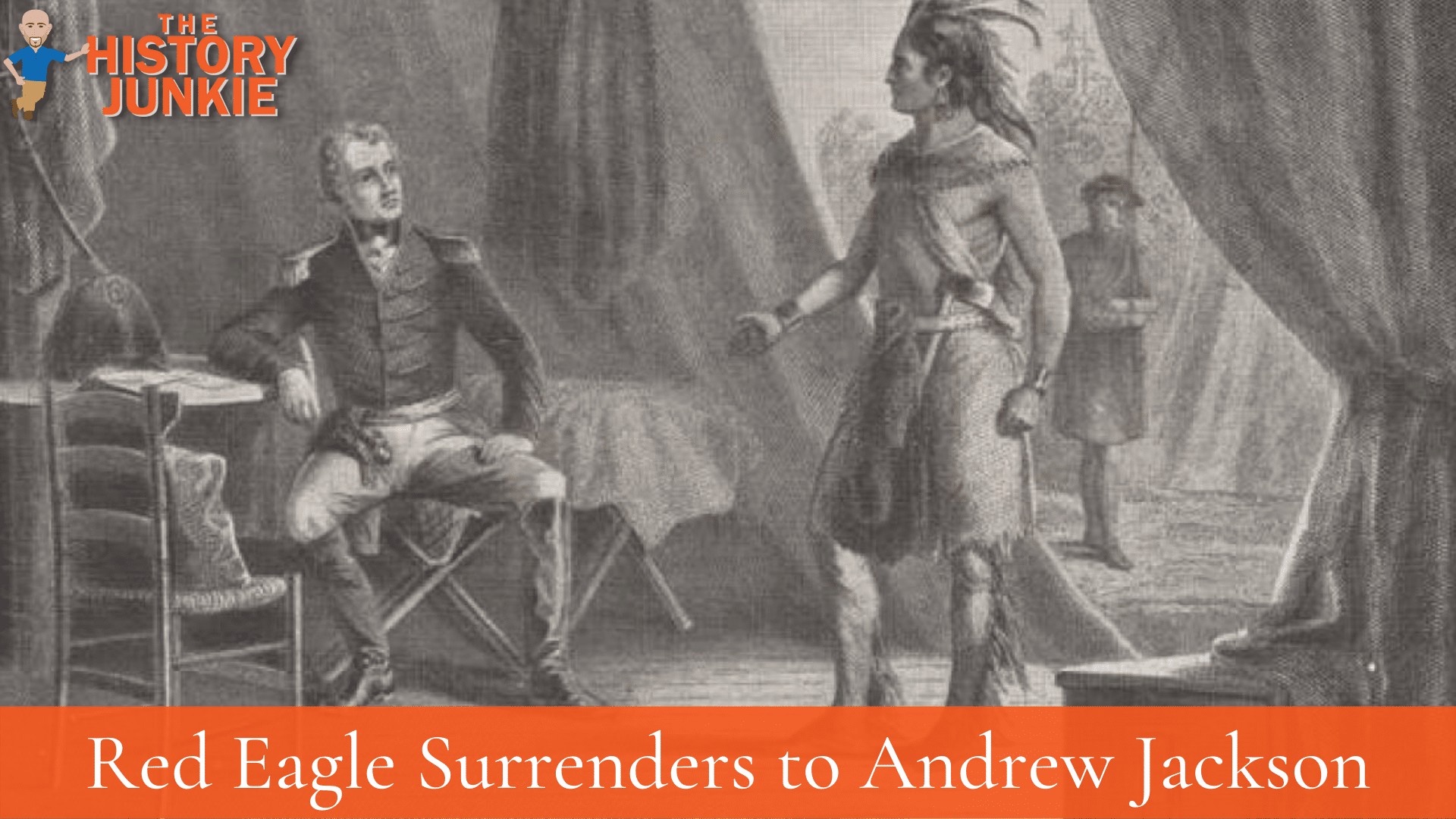When the Native American population is spoken of in the 21st century, it is often believed that they were forcibly removed from their homeland and wanted nothing to do with the "white man." However, after studying American History for over 20 years, I have come to a different conclusion.
The Native American population was forcibly removed, but it was through the conquest of a superior nation. Their demise is similar to other nations that have fallen to expanding empires.
Jump to:
Disease

It is impossible to speak of the conquest of the Native Americans without mentioning the disease and, specifically, what smallpox did to them.
When the Europeans arrived in the New World, they had endured generations of disease. The Black Plague had wiped out one-third of the population of Europe, and they were used to dealing with outbreaks of smallpox. Those who survived or were exposed to the disease developed antibodies and natural immunity to the disease but were still carriers. The natives did not have the immune system to combat that.
Hernan Cortes is credited with the conquest of the Aztecs. However, that was not an easy task for him. In his first attempt, he was almost killed, and his men were forced to flee the capital of the Aztecs. Despite his superior weapons, he was outmanned by the stronger military power.
However, what happened next is what caused the fall of the Aztecs.
The disease spread rampantly and killed 5 million Aztecs. This not only affected the Aztecs but all native populations within Mexico. This weakened the powerful empire and allowed Cortes to strike again, and this time, he would not flee for his life but instead take theirs.
The story of the Aztecs is the same story seen throughout the New World. When Native Americans came in contact with Europeans, there would eventually be an outbreak that would spread among them. Some tribes lost 80% of their population and were forced to merge with another tribe just to sustain themselves.
When a population loses 30% - 80% of their people to disease, it changes the dynamic and makes them weaker.
During the Revolutionary War, many tribes on the coast had been crushed by disease and were severely weakened, had merged with another tribe, or no longer existed.
Inferior Technology

When Christopher Columbus arrived in the New World, the Spanish had ships that could sail the oceans. A few decades after Columbus sailed the Atlantic, Ferdinand Magellan attempted the first circumnavigation.
Europe and Asia had developed strong navies that could sail long distances and handle terrible storms on the oceans. The Native Americans, even centuries after the first Europeans, had not developed a better technology.
There was not a single tribe that had a formidable navy. Even after they acquired horses and became excellent horsemen, they did not have strong cavalries, and the list can go on.
The natives would eventually be well armed due to trade with the French and English. Despite being well-armed and having more weapons and ammunition than the colonists, they never were successful at maintaining their land.
They could not adapt due to not being unified. If they had unified, then they could have possibly worked together to create better technology.
Even if the Europeans had not conquered them, they would have been at their mercy.
The American Revolution began in 1775, almost 200 years after Columbus. Within that time, the Indians had not made a single significant advancement, and their dependence on foreign support increased.
Inferior Tactics

The Native Americans were excellent guerilla fighters. They were able to perform lightning attacks that could devastate the strongest enemy and then fade into the landscape, but that did not capture towns.
However, they were poor fighters during a siege, and siege warfare was used to defeat them.
During the time of the Revolutionary War, they were still excellent guerilla fighters, but the colonists had learned their way of fighting and improved on it with advanced technology.
This would be especially true during the Conquest of the Aztecs.
When Cortes set up the siege, the natives did not know how to break it. This warfare was viewed as cowardly to them, but to Cortes, it was effective.
Also Read: 15 Facts About Hernan Cortes
The siege spread disease and starved them. It was an excellent tactic employed against them since they had superior numbers but inferior technology.
They Were Not Unified

The age-long argument is that those evil white men pushed the Indians off of their land. That is certainly the case after the War of 1812. However, that is not true during the colonial period.
The Native American population significantly outnumbered the European population, but they were never able to unite.
The treaty that Chief Massasoit made with the Pilgrims helped strengthen the Wampanoag tribe against other Northeast Indian Tribes. This alliance helped shift the balance of power in favor of the Wampanoags. This treaty lasted until King Philip's War, when the colonists' population grew to the point it became an issue for many tribes, including the Wampanoag Confederation.
The tribe went to war against the colonists. However, the colonists were not alone. They had Native American allies who fought alongside them. Metacomet retreated into New York to escape the colonists in Massachusetts Bay, only to be attacked by the Mohawk tribe and driven back into New England.
During the French and Indian War, the French seemed to have the support of most of the Native Americans. However, the powerful Iroquois Confederacy fought on the side of the British with the intention of expanding their borders. The Wyandot tribe was split in that half of its people supported the French, and half supported the British.
During the American Revolution, the once-powerful Iroquois Confederacy split, with two tribes supporting the Americans and the others in support of the British. Joseph Brant tried to unite the tribes in order to try and create a nation, but he was unable to do so.
Brant's idea spread to Tecumseh, who began to try and unite the tribes to create a buffer nation between the expanding Americans and the British. However, old feuds proved to be too much for the idealistic leader. Multiple tribes joined the Americans, including the Seneca and Cherokee tribes.
Due to the improper retelling of history, Native Americans are made to appear as weak and innocent bystanders that the Europeans steamrolled, but when actually studying what happened during Colonial America one quickly learns that American Indians acted in their own self-interest.
They would often leverage this new power for their own advantage and would strike against their ancient foe.
The tribal nature of the natives did not allow them to unify, and because they did not unify, they were limited in what they could achieve. When English-speaking colonists arrived and continued to arrive, they managed to ally with each other, which allowed them to create a robust economy.
After each war, the power of the Native Americans would continue to disintegrate.
They were Conquered by a Superior Enemy

There is no such thing as land a nation is entitled to.
Let me unpack that statement.
Nations have been conquered since the beginning of history. The Mesopotamians, Egyptians, Hittites, Assyrians, Persians, Greeks, Romans, and many others have risen and fallen and eventually become overrun by a stronger nation.
Also Read: Famous Native Americans in American History
A nation's land only exists while they are a nation. If they are unable to defend themselves for various reasons and are conquered, they then lose their sovereignty. That has been the way of the world since the beginning of time and will always be the way the world works until its end.
The natives were tribal, had inferior technology, and could not handle European warfare tactics. Due to not being able to adapt to the changing times, it was only a matter of time before the European powers gained a significant foothold, which eventually led to the American conquest.
When Napoleon sold the Louisiana Purchase to Thomas Jefferson, there were still natives that lived on it. However, the French did not seem to care about the land that was "claimed" by the natives, and this was because they did not fear them.
When America took control of the land, it gave them room for their population to expand. Soon, this expansion led to the idea of Manifest Destiny, and under James Polk, they became a nation that went from sea to shining sea.
During this lengthy process, the Native Americans never developed and remained tribal. As the population continued to grow and more people migrated to the United States, they began to overwhelm the natives, who were left powerless to stop them.
Conclusion
There were many times that the American Indians were treated unfairly, and there were times when they picked a fight that could not be won.
The most obvious travesty was the event that resulted in the Trail of Tears when Andrew Jackson did not enforce a Supreme Court ruling that was in favor of the Cherokee.
There were other tribes that had fought for the Americans during the American Revolution that were also mistreated even after helping the Americans win the war.
However, when looked at realistically and how nations have always worked, they were going to eventually become absorbed by a growing population or continue to fight and be decimated. They chose to be absorbed and were given reservations of land.
To this day, Native Americans identify by tribe and not by one nation. Tribalism does not survive against a unified enemy.
